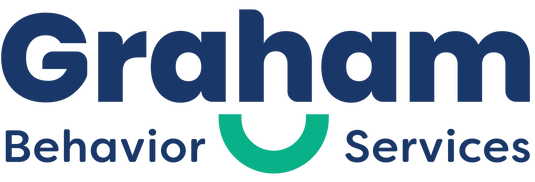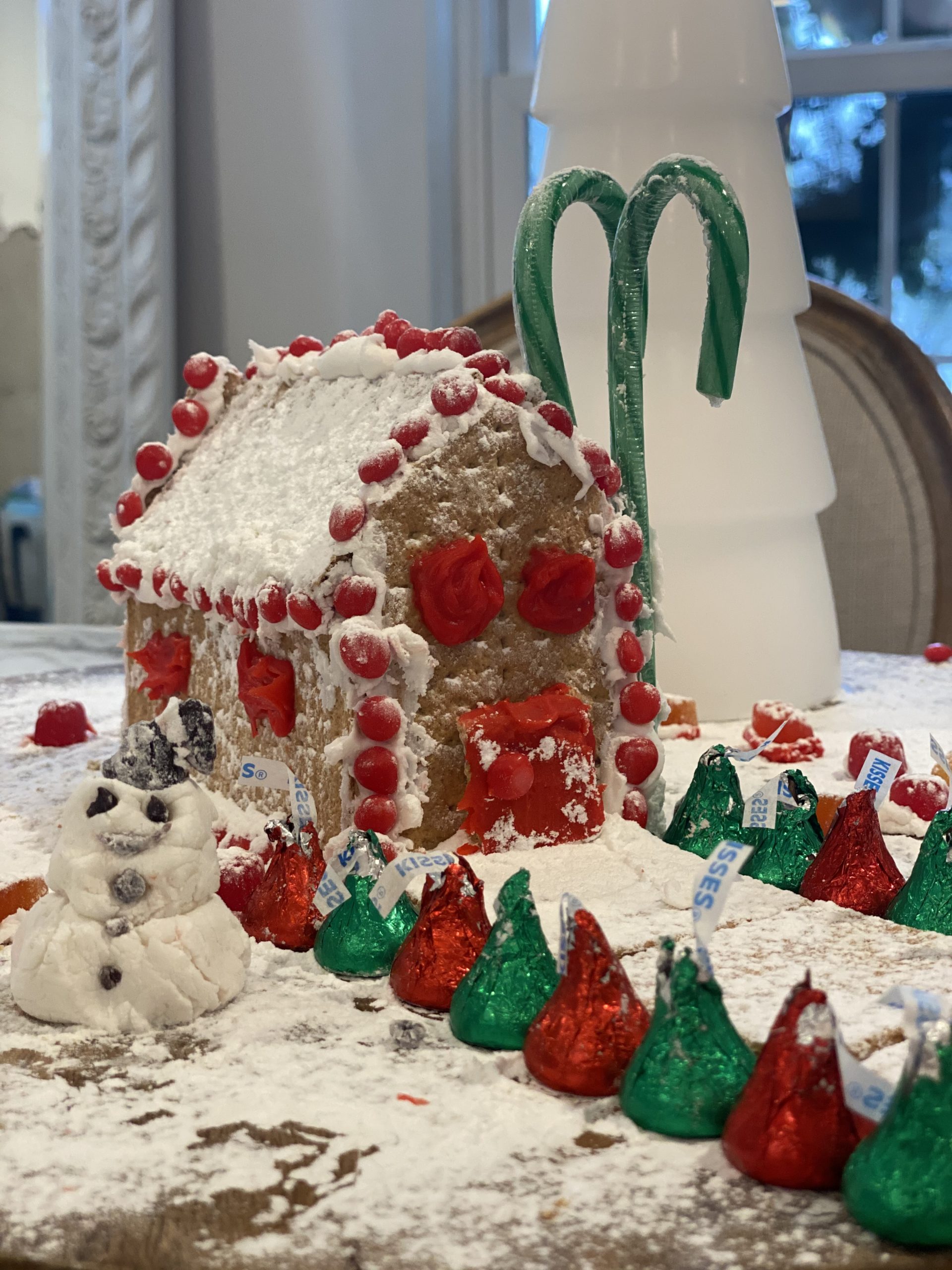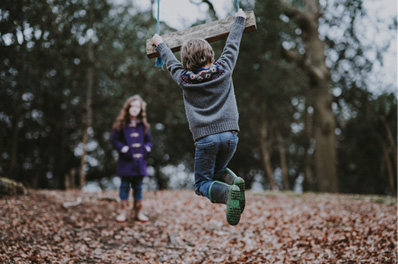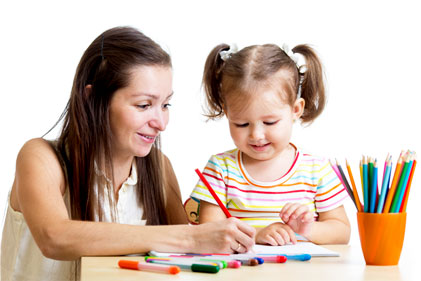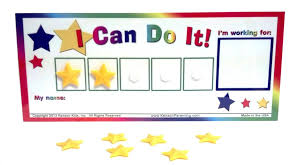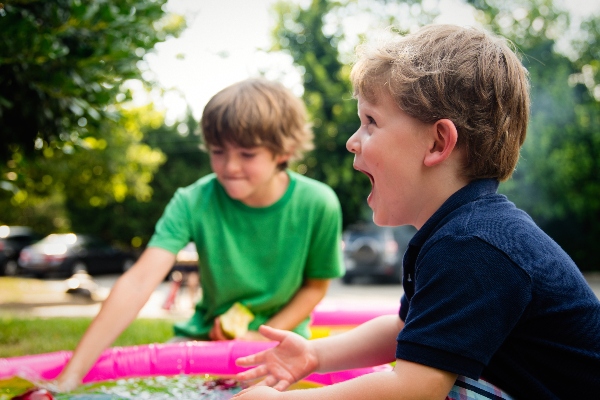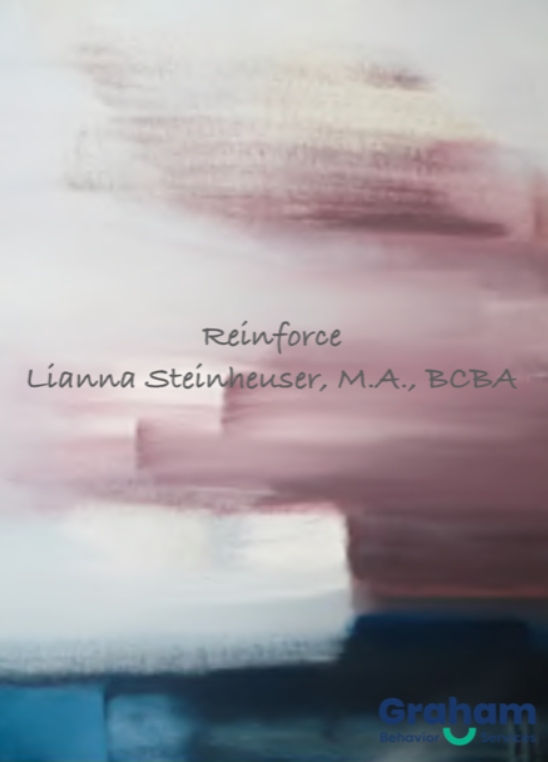Naturalist Teaching in ABA
We as educators can get caught up in data collection when the goal is for the learner to retain skills and independently apply skills. Once a learner masters a skill the next step is the generalization, most often in a natural base setting. Naturalist teaching (also known as Naturalistic Developmental Behavioral Interventions (NDBIs) is the ability to teach in a natural setting. Research shows it is highly motivating to children, and highly accessible for parents, which increases parent involvement. Unfortunately, the stigma surrounding ABA being restricted to tabletop learning, trial after trial is not accurate. Stop the myths regarding ABA.
Play-based learning also offers an environment that promotes curiosity, excitement and ownership back into developmental growth. We allow shared control over the session between the child and instructor/therapist. The session is run by learner’s reinforcement during a fun activity. This is proven to gain full engagement and spark the intuition to learn.
The ability to teach learners an organic intuition or desire to learn a skill is challenging. Many parents question intuition and how to teach it. “I would love for my child to WANT to learn this skill, but how do I make it happen?”
Turning Fun into Learning
 In both settings the therapist is collecting data for the program, however the learners experience differs.
In both settings the therapist is collecting data for the program, however the learners experience differs.
Setting 1: Tabletop work at desk. The therapist runs the program, collects the data and moves on.
Setting 2: Making a gingerbread house with therapist at kitchen table. The level of creativity, engagement, curiosity and reinforcement is much higher if preferred.
Either way, I’ve experienced the ability to lengthen programs due to the client’s desire to continue and want to learn more. When this happens an excited voice in my head says, “YAY, they WANT to learn!” This will also provide many opportunities for data collection. If you’re wondering what makes an activity preferred, think about this real world example:
If you enjoy preparing meals, learning a new recipe would be highly reinforcing to you; if you do not prefer preparing meals, learning a new recipe would seem more of a task rather than enjoyment. In both scenarios, the person is learning.
A Play-Based ABA session may look like free play, however there is much more to it. The child engages in a fun, preferred activity while boosting curiosity. For example, constructing a gingerbread house. Here are ways during a 2.5-hour session you can collect data for 15 current targets, as well as the potential for incidental teaching.
Making a Gingerbread House
- Attending: to instructions and rules of the activity.
- Eye contact:
- Require eye contact in order to gain any materials
- Require eye contact during any conversations.
- Problem Solving/Math Concepts:
- “Would you like more than 5 gummy bears or less than 5 gummy bears?
- “If you have 5 gummy bears and I give you 2 more gummy bears how many gummy bears do you have?
- “Do you think there are more or less than 15 sprinkles inside the bottle?”
- Skip count by 5 and 10 using decorative materials (gummy bears or gum drops)
- Creating a hypothesis: How long do you think your house will stand before it falls over?
- STEM: (Science, Technology, Engineering, and Mathematics) STEM is used to promote creative thinking and problem solving. When handed materials to build a gingerbread house the learner will think and plan how to keep their house structure from falling down.
- Literacy: Reading directions on the gingerbread house box. If this is a preferred or new activity the learner typically will be eager to know what
is next - Motor Skills:

- Squeezing the tub of icing
- Breaking gingerbread apart from attached pieces
- Use of scissors when cutting materials open
- Adjectives: describing the gingerbread house (size, color, texture, shape)
- Social Skills: conversations regarding the gingerbread house, asking questions
- Why do people make gingerbread houses?
- How do you make gingerbread?
- When did people start making gingerbread houses?
- Waiting: when the instructor is explaining what the next steps are; the learner will wait with a calm body (etc.)
- Recalling information: give a list of materials the day prior, ask the learner what materials you discussed yesterday.
- Time Concepts: “Before you add the gum drops, add icing. Wash your hands after you put the roof on”
- Handwashing: before and after activity or whenever mouthing
- Sentence Structure: the learner will write a few sentences describing the gingerbread house and how they made it or become creative and write a fictional story about it.
- Prepositions: we were able to functionally use prepositions such as:
- “Place the gingerbread house next to the sink.”
- “Place the red icing behind the carton of milk in the refrigerator”
- “place the Ziploc bags inside the drawer”
